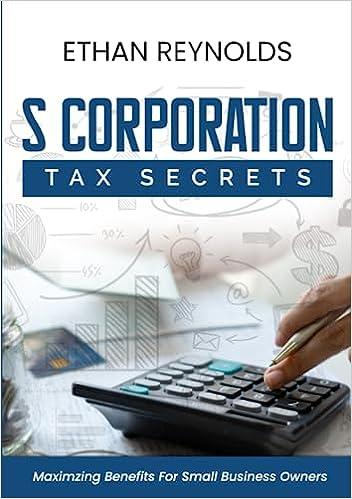Question
1. When a contingent consideration arising from a business combination is classified as a liability, how is any difference between the original estimate of the
1. When a contingent consideration arising from a business combination is classified as a liability, how is any difference between the original estimate of the amount to be paid and the actual amount paid accounted for if the difference arises due to a change in circumstances?
Multiple Choice
a) As an adjustment to an estimate included in the determination of net income.
b) As an adjustment to consolidated contributed surplus.
c) As a direct adjustment to consolidated retained earnings.
d) As an adjustment to the consideration paid for the subsidiary.
2. When a contingent consideration arising from a business combination is classified as a liability, how is any change in its fair value as a result of new information about the facts and circumstances that existed at the acquisition date accounted for if identified and measured within one year subsequent to the acquisition date?
Multiple Choice
a) As an adjustment to an estimate included in the determination of net income.
b) As an adjustment to the consideration paid for the subsidiary.
c) As an adjustment to consolidated contributed surplus.
d) As a direct adjustment to consolidated retained earnings.
Step by Step Solution
There are 3 Steps involved in it
Step: 1

Get Instant Access to Expert-Tailored Solutions
See step-by-step solutions with expert insights and AI powered tools for academic success
Step: 2

Step: 3

Ace Your Homework with AI
Get the answers you need in no time with our AI-driven, step-by-step assistance
Get Started


